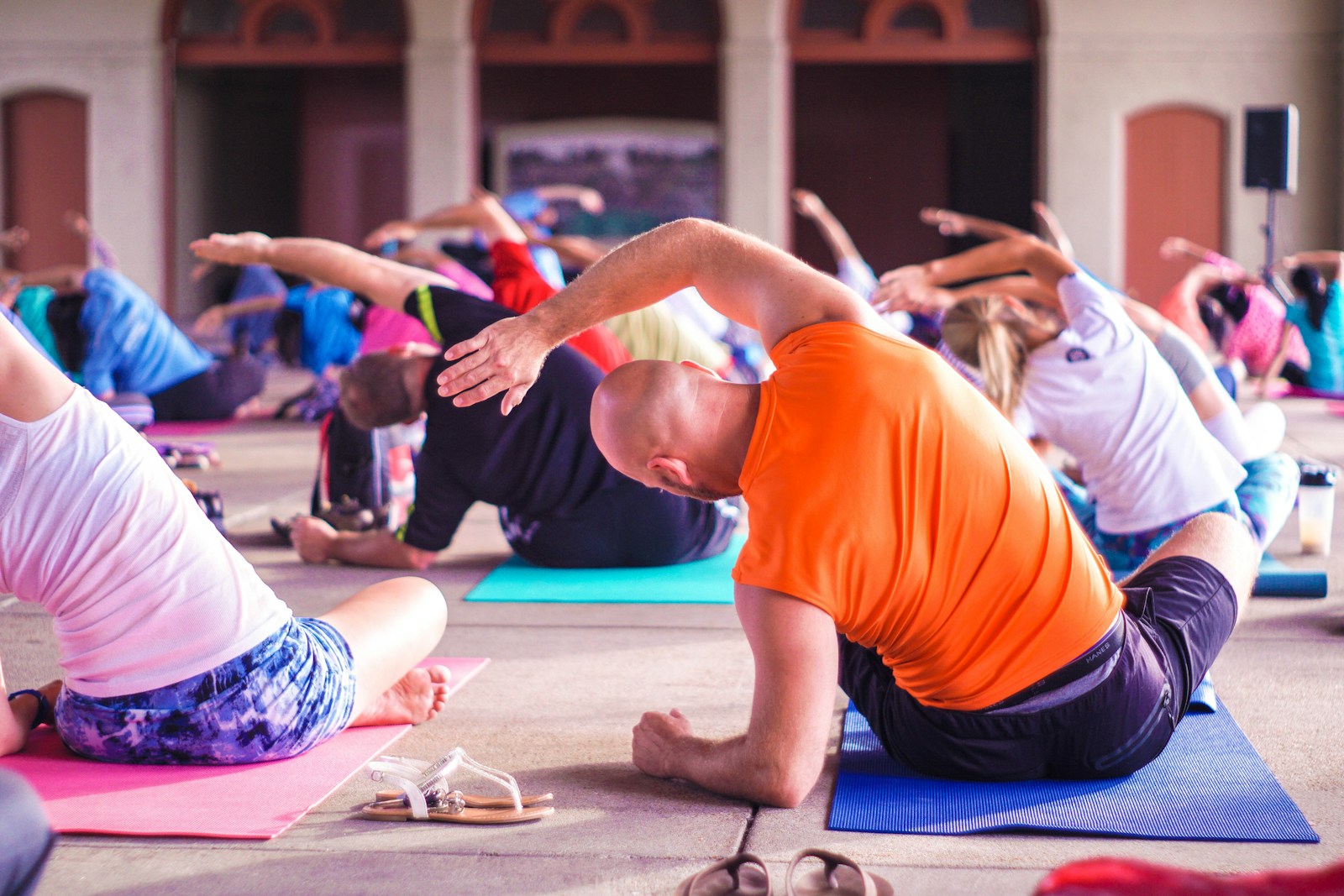![]()
10-Minute Breathing Exercises for Healthy Lungs: A Beginner’s Guide to Optimal Respiratory HealthBreathing is an essential function that we often take for granted. However, the health of our lungs is crucial for overall well-being. Proper breathing techniques can significantly improve lung function, reduce stress, and enhance overall respiratory health. In this article, we will explore the benefits of 10-minute breathing exercises and provide a comprehensive guide for beginners to get started.
Why Breathing Exercises are Important
Breathing exercises are vital for maintaining healthy lungs. They help to:
- Improve Lung Function: Regular breathing exercises can increase lung capacity, allowing for more efficient oxygen intake and carbon dioxide removal.
- Reduce Stress and Anxiety: Deep breathing techniques can calm the mind and body, reducing stress and anxiety levels.
- Enhance Respiratory Health: Breathing exercises can help to strengthen the diaphragm, improve lung elasticity, and increase oxygenation of the body.
- Boost Immune System: Proper breathing can stimulate the immune system, helping to fight off infections and diseases.
10-Minute Breathing Exercises for BeginnersHere are three simple and effective breathing exercises that can be done in just 10 minutes:
1. Diaphragmatic Breathing (Belly Breathing)
- Find a Comfortable Position: Sit comfortably with your back straight, or lie on your back with your knees bent.
- Place One Hand on Your Stomach: Place your hand on your stomach to feel the movement of your diaphragm.
- Inhale Deeply: Inhale slowly through your nose, allowing your stomach to rise as your diaphragm descends. Your hand should move outward as you breathe in.
- Hold the Breath: Hold the breath for 2-3 seconds.
- Exhale Slowly: Exhale slowly through your mouth, allowing your stomach to fall as your diaphragm rises. Your hand should move inward as you breathe out.
- Repeat for 10 Minutes: Continue this process for 10 minutes, focusing on deep, slow breaths.
2. Alternate Nostril Breathing
- Sit Comfortably: Sit comfortably with your back straight.
- Close One Nostril: Use your thumb to close one nostril, and inhale slowly through the other.
- Switch Nostrils: Close the nostril you were inhaling through and open the other nostril. Exhale slowly through the newly opened nostril.
- Repeat for 10 Minutes: Continue this process for 10 minutes, alternating nostrils and focusing on slow, deep breaths.
3. 4-7-8 Breathing (Relaxation Breathing)
- Sit Comfortably: Sit comfortably with your back straight.
- Inhale Through the Nose: Inhale slowly through your nose for a count of 4.
- Hold the Breath: Hold the breath for a count of 7.
- Exhale Through the Mouth: Exhale slowly through your mouth for a count of 8.
- Repeat for 10 Minutes: Continue this process for 10 minutes, focusing on slow, deep breaths and the count.
Tips for Effective Breathing Exercises
- Practice Regularly: Aim to practice breathing exercises daily, ideally at the same time each day.
- Focus on Your Breathing: Pay attention to your breath, feeling the movement of your diaphragm and the sensation of the air entering and leaving your body.
- Relax and Unwind: Use breathing exercises as a way to relax and unwind, especially before bed or during stressful situations.
- Combine with Other Techniques: Combine breathing exercises with other relaxation techniques, such as meditation or yoga, for enhanced benefits.
Conclusion
Breathing exercises are a simple yet powerful way to improve lung function, reduce stress, and enhance overall respiratory health. By incorporating these 10-minute breathing exercises into your daily routine, you can experience the numerous benefits of proper breathing techniques. Remember to practice regularly, focus on your breath, and combine with other relaxation techniques for optimal results. Start your journey to healthier lungs today.


